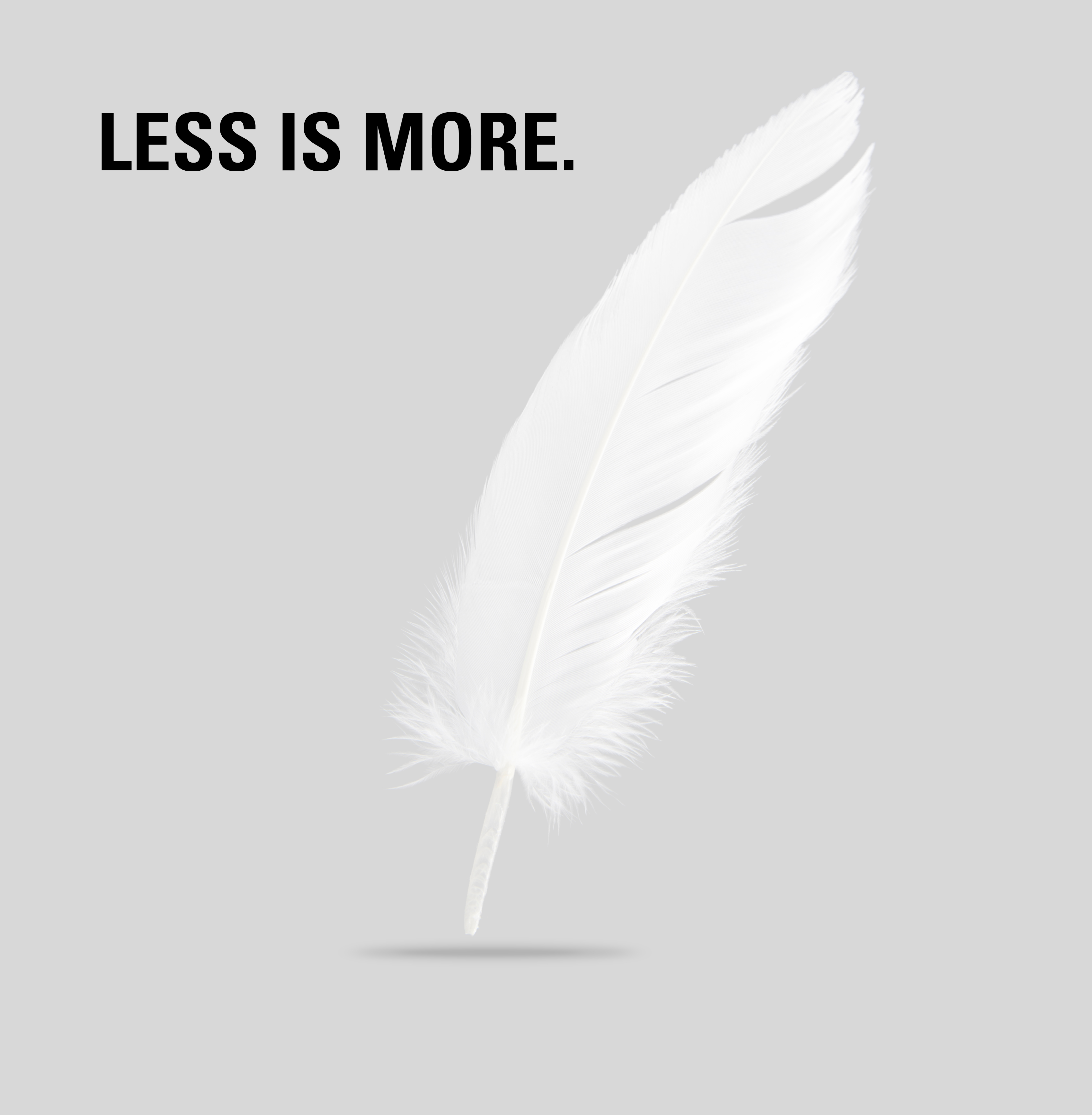

Minimalism…
I know this question has been asked all over the place lately. We are all quite familiar with the following concepts; minimal houses, minimal life, getting minimal, etc. And I am no exception to this cycle, in fact, I believed that, at that time, I was at the beginning of my transformation path. I first explored and discovered this concept only from the position of simplifying the house, or in other words, the desire to "minimize". In the rest of the article, I will explain why I made minimalism a part of my life, and now I want to briefly tell you what hidden under this concept and its history.
History Of Minimalism
What would you think if I told you that this concept entered our lives not so recently, but many years ago? Yes, you read that right, minimalism first originated in the realm of art. The beginning of this movement is considered to be the 1900s-work of the artist called Kazimir Malevich and the minimalist projects of the architect Mies van der Rohe. The term was first used in 1965 by Richard Wollheim in an article titled Minimal Art published in Art Magazine. Minimalism emerged as a movement defending realism against surrealism and expressionism. Then, with the advent of the industrial revolution and the technology development, it spreads to our entire way of life.
What I Learned From Minimalism
After a brief look at history, I continue by telling you what minimalism has taught me. A minimalist life means simplifying all aspects of life. This simplification refers to the reduction of quantity, in which quality comes to the fore. If the quantity is a numerical concept, then quality is understood as the functions of an object that distinguish it from others. Thus, we are talking about a reduction process in which the role of things in our lives is analyzed, and what we have is reduced. Here I want to remind you that minimalism does not mean living less, as it is mistakenly believed.
It is with the understanding of the key point "Leave only what you need" that my exploration of the minimalist life begins. For this reason, you need to look within yourself and identify your life roles, habits, and needs. From this point of view, I first determined my life roles and the items necessary for these roles. This preparatory process was so detailed that it could be the start of another topic. Most minimally, I summarize the preparation process as "meeting with yourself."
After this meeting, the real process of enlightenment awaits you. Then you begin to remove from your life everything that does not reflect you, in other words, you begin to show your true self, your signature. For this reason, the applied part turns into a full-fledged playing field.
How Did I Incorporate Minimalism Into My Life?
So, how did I implement all this? It is quite difficult to adapt to a new situation immediately; it takes a certain period to get used to it. In the beginning, I made a 100-day plan which made my transition easier. I started by sorting out kitchen supplies, library, and clothes, and continued by clearing my digital subscriptions and social media accounts.
As at any point in life, I find asking questions indispensable. The right questions will help you in this process. Of course, we should not forget that giving sincere answers is just as important as asking questions. For example, when I look back at my kitchen, I remember that I have 15 large and small glasses. I mentally make an ever-expanding list of my responses, as if one of them was a gift, another was a souvenir from somewhere, and the third one was kept because it had popular saying written on it. In short, I could find many answers to many questions. Then I change the questions, and as I do so, the number of mugs in the kitchen starts to decrease. I put mugs that I have never used lately on a separate shelf.
How Can You Apply Minimalism In Your Life?
You can start with the following questions;
How does this item/clothing, etc. make me feel?
How many times since I bought this item/clothing etc. has it been used?
Does this limit my material and moral mobility?
Do I need and like this item/clothes, etc.?
Would I buy it again if I lost it?
If your answers to the questions are negative, then most likely it is time to say goodbye to the item, clothing, magazine subscription, etc. There are various forms of goodbye. You can transform it, share it with a friend in need, donate to some institutions, sell it through certain apps…
Many municipalities collect usable furniture from your home and deliver it to those in need. Some shops have begun to produce new clothes from textile waste, and this trend is gaining momentum. For example, you can leave your old clothes at H&M or Mango, and for each bag full of clothing you will be given discount points and vouchers. In this way, you contribute to both savings and a greener future, while buying a new product on better terms.
On the other hand, we all know that houses with children are simply not able to accommodate all the toys. If you are wondering what to do with toys, I suggest you take a look at http://www.atma.com.tr/neyaptik/.
You can apply this cycle to every area of your life by simply diversifying the questions. The journey does not end here. Our roles and needs change throughout our lives. According to our changing needs and habits over time, we can continue on our way, repeating this cycle regularly.
When Ludwig Mies van der Rohe expressed the essence of minimalism with the words “Less is more”, he was very right. By simplifying and getting rid of everything that stops and slows you down, you feel much freer. You see that you are starting to use your time, money, and living space more efficiently.
Gamze Gökduman has been with Borusan Cat for 6 years and holds the position of Financial Team Manager.
Places continuous learning at the forefront of her life. Believes that change starts with herself and loves to share her discoveries and experiences along her journey of self-improvement. Strives to be part of social responsibility projects. Among her hobbies are tennis, astrology and reading books.